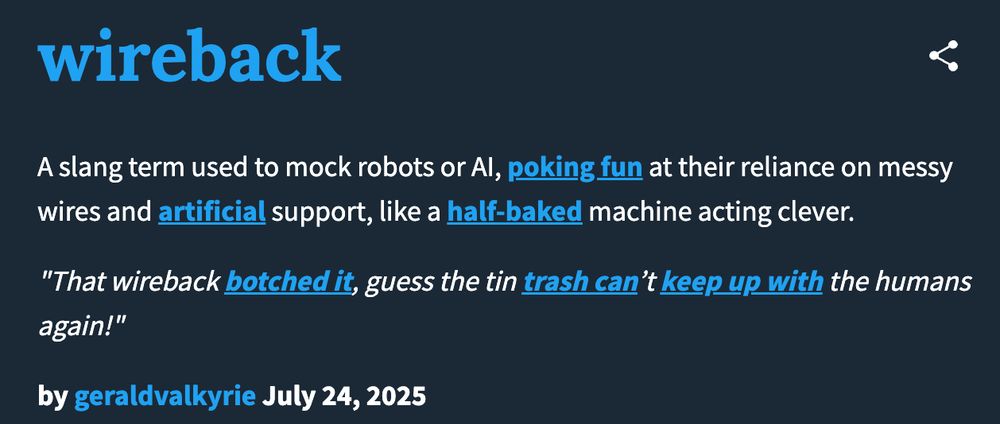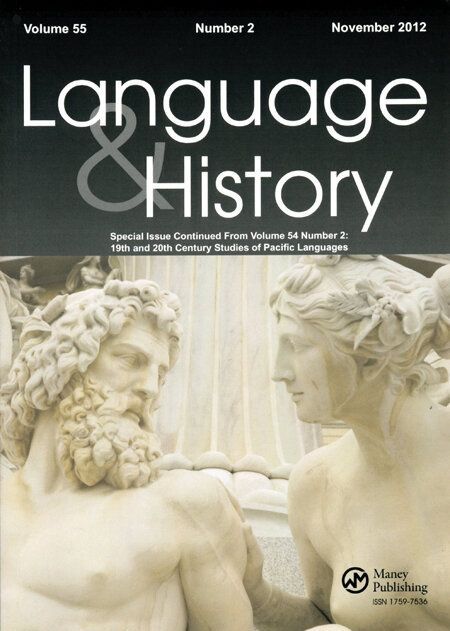Diachronica journal
@diachronica.bsky.social
310 followers
60 following
79 posts
The official account of the journal Diachronica
Posts
Media
Videos
Starter Packs
Reposted by Diachronica journal
Reposted by Diachronica journal
Reposted by Diachronica journal
Reposted by Diachronica journal
Andrew A.N. Deloucas
@aandeloucas.com
· Jul 23
Isabelle Marie
@isabellemarie.bsky.social
· Jul 23

Study translates fragmentary ancient Sumerian myth around 4,400 years old
A recent study by Dr. Jana Matuszak, published in the academic journal Iraq, examines the mythical narrative contained in a tablet (Ni 12501) dating to the Early Dynastic IIIb period (ca. 2540–2350 BC...
phys.org














